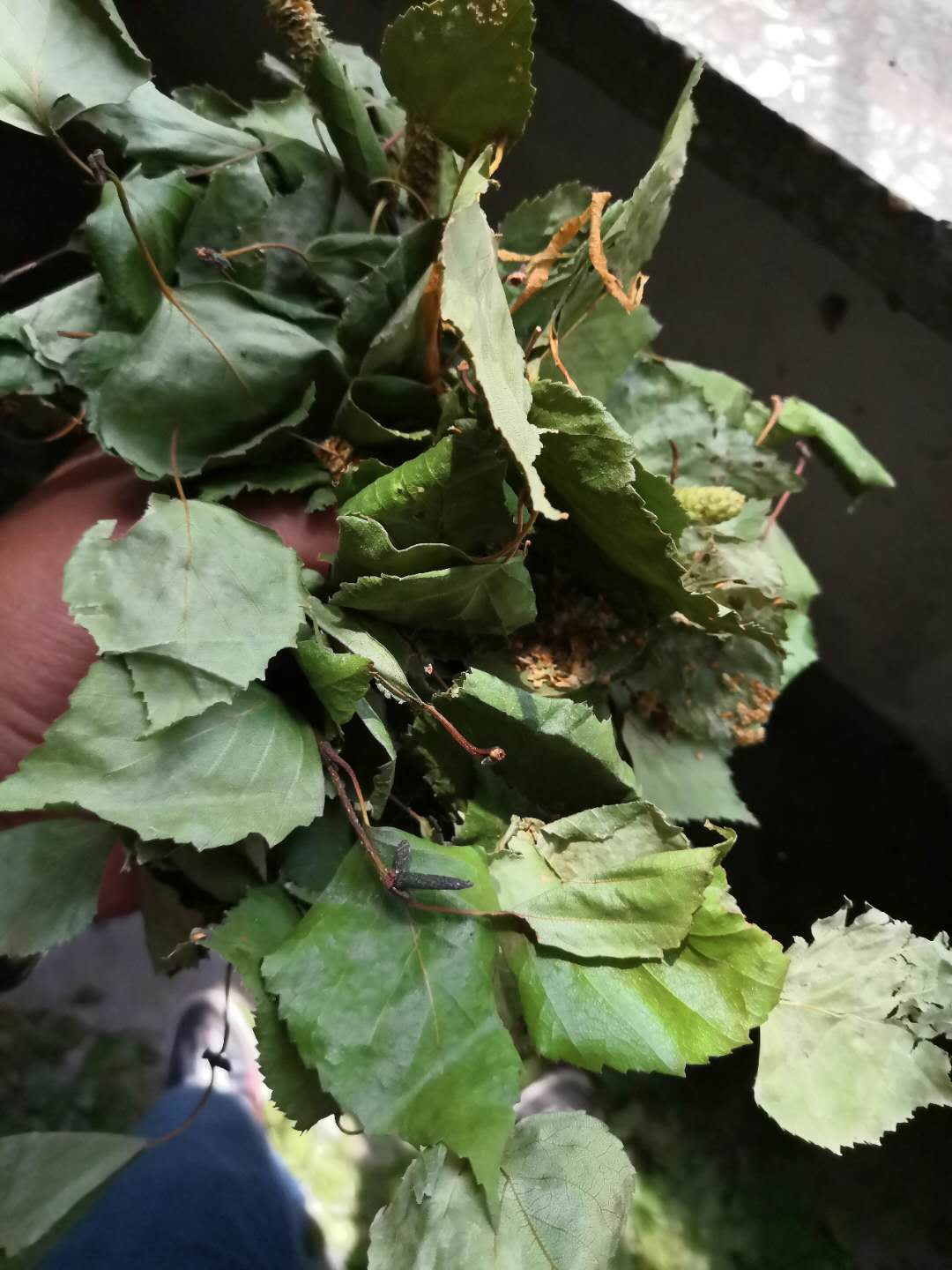Northeast China is rich in forestry resources, among which white birch (Betula platyphylla Suk.) is widely distributed. Birch leaves contain high bioflavonoids, which can resist ultraviolet burns, resist pathogenic bacteria invasion and establish symbiosis with plants. The flavonoids contained in them have anti-inflammatory, anti-oxidation, anti-virus, anti-fatigue and other effects.
White birch (Betula platyphylla Suk.) is a tree of the genus Betula in the Betaceae family, produced in Northeast China, North China, Henan, Shaanxi, Ningxia, Gansu, Qinghai, Sichuan, Yunnan, and southeastern Tibet. Strong adaptability and wide distribution. The leaves are thick and papery, triangular-oval, triangular-rhombic, triangular, rarely rhomboid-oval and broad-oval. The leaves contain flavonoids, triterpenoid saponins and phenolic acids.
White birch (Betula platyphylla Suk) is a Betula plant of the Betaceae family. Literature studies have reported that birch bark extract has cough-relieving, expectorant and anti-tumor effects, and birch leaves have diuretic effects. Studies on the chemical composition of birch have shown that birch bark contains a variety of compounds, among which polyphenols include ferulic acid, lignin, catechin and epicatechin, etc.; birch leaves contain flavonoids and triterpenoid saponins And phenolic substances, among which phenolic substances include p-diphenol, o-diphenol, p-hydroxybenzaldehyde, gallic acid, etc.

